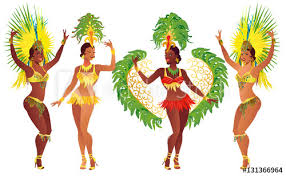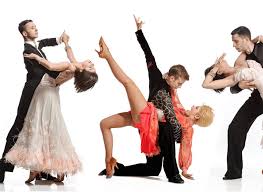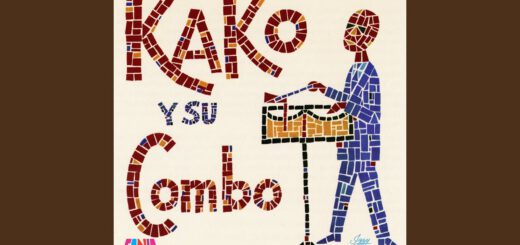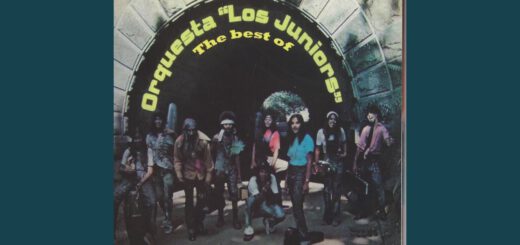Ballroom-Latin Dance – Your Questions Answered
It is never too late to start dancing! Dance classes are designed to serve as an introduction to movement for dancers at any age, with or without dance experience.
Pursue that desire for dance you have had since you were young, or try it just for fun! In my opinion, it is the best exercise that you can participate in, because it tones your body while being great fun, boosting your confidence and giving you a new opportunity to socialise and meet new people.
A Brief History
The development of what is called ‘Modern Ballroom’ started after the First World War. The dances included: Waltz, (Onestep) or Quickstep and Foxtrot. The ballroom Tango was introduced a little earlier in 1913 from Argentina via France where it was changed from the Argentine Tango of today to a Ballroom Tango.
Music at that time was constantly changing and developing on a massive scale to the previous style of dance and popular music. For example, the music mainly used for Waltz is a romantic ballad and played at a very much slower tempo than was used. Saying that ,the more lively the music, the more inspiring it became to dancers and some of the dancing became unacceptable on social occasions. It was now time to standardise some of the dances.
The outcome resulted in a minimum number of figures used for the basic ballroom dances. This resulted in Modern Ballroom becoming one of the most popular pass times and entertainment. Development continued throughout the 20’s and 30’s and various changes and updates were made, even to the point of, in 1923, the Waltz was altered to the closing of feet on the third beat of each bar and to include ‘Rise and Fall’ and was now danced diagonally around the dance floor. Even the chasse from the slow version of Foxtrot was removed, hence the Foxtrot is now based on four standard figures: Feather Step, Three Step, Natural Turn and the Reverse Open Turn. The fast version of the Foxtrot kept the chasse and was then renamed ‘The Quickstep’. Argentine Tango on the other hand had a theme of it’s own and was exciting, vibrant and sexy. This was developed and transformed in to the ballroom Tango of today. These dances are constantly picked over and updated to match trends of today. Thus it always looks exciting and new.
The Difference between Ballroom and Latin American DanceIn the Standard dance competitions, men typically wear coat tails, and bow ties,while women wear elegant and colorful gowns, often with sheer fabric draped from the shoulders or arms. Partners remain in a closed position throughout the dance, and movements tend to be elegant and sweeping.
The Latin dances are more overtly sensual, with skimpy costumes for women and tight-fitting ones for men. More variation in movement is allowed than in the Standard dances, so hip action and athletic maneuvers such as dips and drops are common.
American style
In the ‘Smooth’, dancers wear costumes similar to those worn by their counterparts iIn Standard; however, the dances themselves are significantly different as a result of influence by dancers like Fred Astaire and Arthur Murray in the years following the Second World War. While elegance and flow remain the goal, as in International Standard, dancers do not remain in closed position exclusively, instead breaking away from each other periodically and experimenting with open footwork.
Questions I feel silly asking!
How do we dance around the floor? – It should be noted that when on the Dance Floor we dance anti-clockwise around the floor. Otherwise accidents may occur.
Are there special directions to follow? – Yes, each dance has its own set of directions to follow. It would be advantageous to learn these directions first. Who is in charge? – It is generally accepted that the Leader is in charge on the Dance Floor. Although most followers will find it difficult to hand over the reins to start with!
Where do I dance as a beginner? – If you think of the Dance Floor being separated into three lanes « Slow » « Medium » & « Fast » much like a motorway. As a beginner start in the « outside lane the « Slow » lane, the outside edge of the dance floor the more advanced dancers will/should dance around you. The « Medium » and « Fast » lanes will be used by intermediate and advanced dancers doing more advanced dance steps and moving from one lane to another. Floor etiquette dictates that they will give way and dance around lesser experienced dancers.
What about our safety on the floor? – Safety is paramount on a dance floor if you consider the amount of couples on a dance floor at any one time accidents may happen. The ‘leader’ is responsible in the main to guide his partner safely around the floor avoiding collisions!
What about other people on the dance floor? – As stated all ready when dancing the leader is responsible for safe passage around the floor. Politeness to and by all users on the dance floor is very important to achieve a good all round dancing experience.
Where do I start dancing? – You can start dancing from any point around the dance floor, but be careful when you join other people already dancing on the floor that you do not get in their way when joining, as they may be traveling quite fast and not be able to avoid you! So be patient and careful when joining other dancers already on the dance floor.
How do I recognize which dance is being played? – Once you have gained a little experience you will know what dance is being played. More often than not the dance will be announced anyway. If not, you will recognize some of the steps being danced by other dancers on the floor. If you are still not sure just ask!
What type of clothes/shoes should I wear? – For beginners comfortable clothes and shoes will be sufficient. Later once you feel you are progressing you may like to buy professional dance shoes as they enable you to feel the floor much better than ordinary every day shoes. I would suggest that « trainers » or rubber soled shoes or very high heels for the ladies should not be worn, as when you are dancing you may need to be able to slide slightly on some steps. Shoes should fit and be fastened and the heels especially for the ladies should be supported and strapped to the foot. Clothes should be comfortable and not too tight to enable you to move around the floor with ease. For ladies the more flowing the hem of the dress the better it feels and looks.
What if my dance partner is better than me? – This is not a problem you will find that if the leader is more experienced than the follower then the leader will be better able to direct the follower on and around the dance floor. If on the other hand the follower is more experienced, then she will be better suited to following the routine dictated by the leader.
How should I hold my dance partner? – It should be noted that the hold for Ballroom Dance (Waltz, Quickstep, Foxtrot and Tango) is different to that of Latin Dance (Rumba, Samba, Jive and Cha Cha Cha). A full description of correct hold with annotated with pictures for both the « Follower » and the « Leader » will appear later.
How do I know which foot to start with? – You will feel from your leader which foot will be the start foot. Different dances start on different feet. So take care and feel you way!
Who « leads » the dance and why? – The man will lead as a rule, as he has a more commanding view of who, if anybody, is dancing in front of him and his partner, down the « Line of Dance » (LOD). Where as the lady « the follower » will have her back to the « Line of Dance » and should be looking over the leaders shoulder most of the time. Some followers in the initial stages of learning to dance will find it ‘difficult’ to relinquish all control to their leaders at first.
























